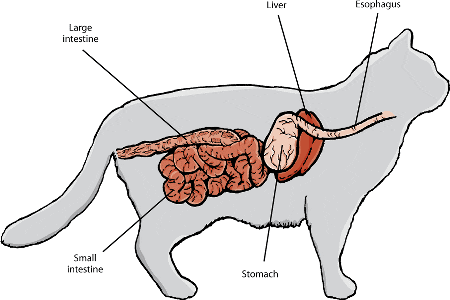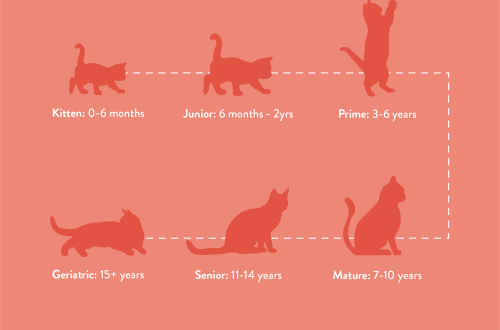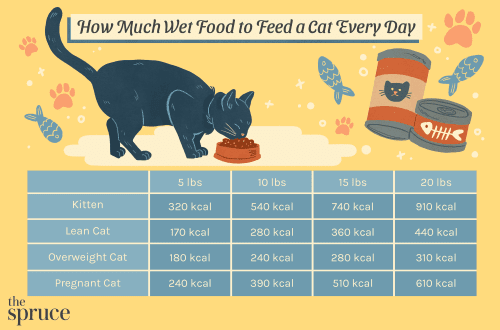
Features of the cat’s digestion

How does it all start?
The structure of all 30 teeth of a cat is characteristic of a predator: they are sharp and serve to tear and grind food. Accordingly, their enamel is about 10 times thinner than that of a person – thicker is simply not needed, since the cat does not have to chew food.
In the oral cavity of a cat, a limited number of taste buds, for this reason, she does not perceive, for example, sweet. In addition, there is no pre-processing of carbohydrates in her mouth, as in humans. This is also a sign of a predator.
Digestion
A cat’s stomach does not stretch like a dog’s, so it is designed for frequent, up to 20 small meals a day. It is also worth noting that the level of acidity of the gastric juice helps the cat to effectively digest pieces of bones and fight pathogenic bacteria. However, this does not exclude the need to give the pet only recommended diets. Other food can be detrimental to his health: for example, sharp bones can seriously injure the esophagus.
The transit time of food through the intestines in a cat is from 12 to 24 hours, which is significantly less than in humans (from 30 hours to 5 days).
This means that the pet needs .
It must be emphasized that the food, in addition, must be rich in protein. The small intestine of the animal is perfectly adapted to its digestion.
Diversity matters
Another distinctive feature of cat digestion is the demands for a variety of diets. If a dog prefers to eat the same food for a long time, then the cat quickly gets bored with such a diet. She may even refuse to eat.
It is not surprising that manufacturers take into account this specificity and produce rations with a rich selection of flavors. The same is true for the texture of food. It is offered in a variety of forms that are attractive to the cat: fillet, pate, cream soup, jelly, stew.
October 18 2017
Updated: 19 May 2022





